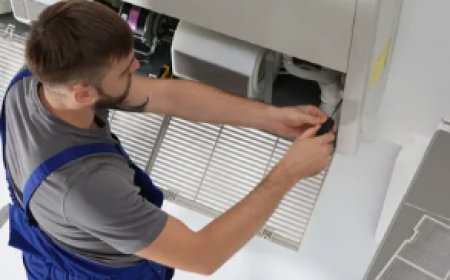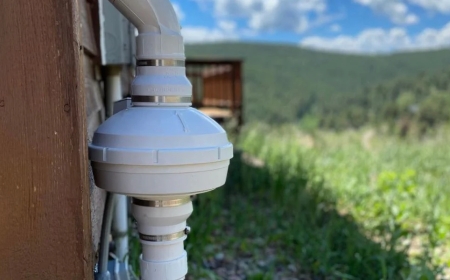A Step-by-Step Guide to Implementing Robotics in UAE Warehouses
With the logistics and warehousing industry in the UAE growing at a very fast pace, companies are turning to new technologies to safely position themselves against the emerging competitors. The adaptation of robotics to use in the UAE warehouses is one of the most life-changing changes that occurred in the last few years. In everything, including increasing efficiency and reducing human error, the use of robotics is transforming warehouses in the region. This is the plan of taking robotics in your warehouse based in the UAE.
Step 1: evaluation of operational needs
Emergence should start with an evaluation of your major challenges in the warehouse. Do frequent delays occur, inaccuracies of the inventory, or shortage of labor? Your top pain points will help you realize which of the three types of robotics solution work best: automated guided vehicles (AGVs), robotic arms, or sorting systems will be most valuable to you.
Step 2: Spell out Clear Objectives
Come up with specific objectives of integrating robotics in warehouses in the UAE. You want to accelerate order fulfilment, cut on manual work, and improve on inventory management? Whichever your goals are, by establishing the
Objectives in quantifiable terms, you can be sure that your investment will yield hard evidence.
Step 3: Select Correct Robotics Solution
The important thing to do is to choose a robotics system that fits your warehouse layout and the level of your business. Take into consideration such issues as:
-
Inventory type and bulk
-
Interoperability with other warehouse management systems (WMS)
-
Options of scalability and customization
Step 4: Preparation of the Infrastructure
Before you set out to implement robotics, it is important to ascertain that your warehouse has the infrastructure to accommodate it. This involves revamping computer systems, staff training and layout modification in the event of necessity.
Step 5: Have Phased Implementation
Begin on a modest level-test the system by using it in a particular area of the warehouse. Test performance, perform feedback collection and adjust before rolling out large-scale measurements.
Step 6: Track and perfect.
When implemented in full, monitor the performance metrics at all times. Frequent maintenance, training of employees and software updates are major factors in maintaining long-term advantages of robotics in UAE warehouses.
Conclusion
Robotics in UAE warehouses is not a matter of technology upgrade, it is a step to efficiency, accuracy and growth. Well-thought-out step-by-step plan of implementation can bring companies to accept the future of warehousing with confidence.





























